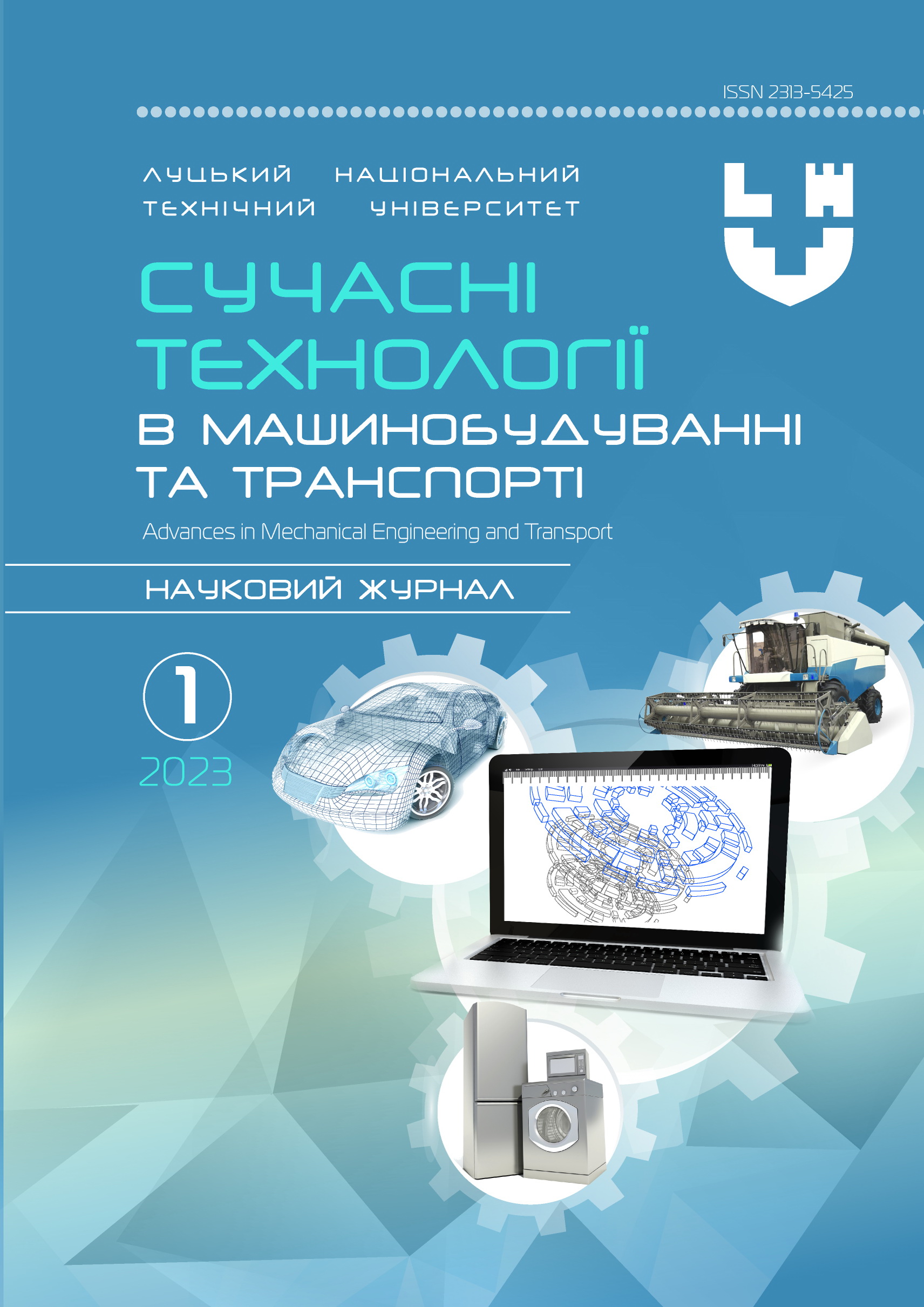Reduced consumption of explosives during blast welding
Abstract
The development of power and chemical engineering requires high quality and reliability of industrial products and the use of materials that can operate for a long time under high mechanical stresses combined with aggressive environments. Explosion welding is a unique technology that allows us to produce bimetal sheets that are not only characterized by high mechanical properties but also by increased chemical resistance.
However, along with these advantages, this process has one significant drawback - low efficiency, which does not exceed 3...5%. Existing methods to improve the efficiency of the process are mainly aimed at improving the layout of the sheets to be joined (vertical layout, multilayer layout, etc.) and the conditions of detonation.
One of the most common explosives (EA) for explosive welding is a mixture of ammonite with various inert additives. In this work, it is proposed for the first time to use an energy-active substance (solid rocket fuel) as an additive. The detonation characteristics of these charges and their effectiveness were studied in detail under test site conditions. The use of the traditional method of measuring the detonation rate (ionization sensors) made it possible to establish that the introduction of a gas-forming substance into the charge reduces its detonation rate by almost 30%. Measurements of the cross-section of the ejection funnel showed that the mechanical efficiency of such a mixed charge increases by almost 20% compared to charges with an inert additive. All of this indicates that when using charges with a gas-forming additive, the savings in explosive welding can reach (30...50)%.
Keywords: explosive, ejection funnel, gas-forming substance, explosive welding, efficiency, detonation rate, performance.




